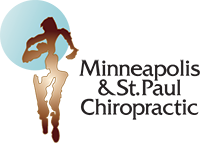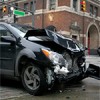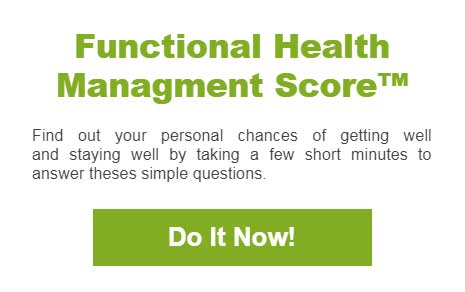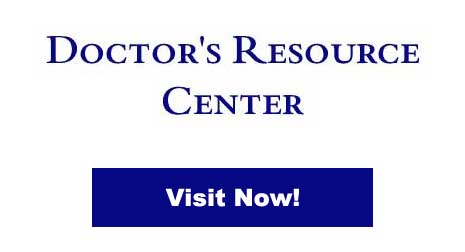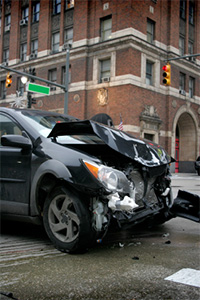 Are Medications the Answer?
Are Medications the Answer?
Face it! When you hurt you hurt! But is the medication you’re taking good enough? Is it helping… even a little? And is that enough? You’ve got a lot to hurt about when you’ve been injured in a car accident. Injured joints, torn muscles, maybe ligaments. Possibly a herniated disc. The medications sounded like a good idea. They were even prescribed. But they’re causing side effects – drowsiness, upset stomach. That “drugged” feeling! And worst of all, you’re not getting any better. So what can you do?
- Consider medicating to be at best a temporary “fix”
- Know both the pros and cons of medications
- Look to alternatives to help with your pain
- Do those things that will help your body heal
The medications usually used for car accident injuries don’t “fix” things anyway. They’re for pain, inflammation and spasm. Your body does the “fixing”. The pain is a signal that something’s wrong, and mostly a good guide as to what not to do to hurt things more. Inflammation is a response to injury, and necessary for the body to repair itself. Spasm is a natural reaction to muscle or other injury, as a means of binding up or splinting an area. Again, it’s a way of knowing what not to do to prevent further injury. When these common injury reactions are intense, some help with them is reasonable, but it’s much better to get on with measures that will aid the body with the healing process it’s trying to do.
The pros of medication are easy. They’re doing what they’re supposed to do. Some of the cons are subtle, and related to the medication doing what it’s supposed to do. If it’s designed to block pain, you might be tempted to do things you shouldn’t, and hurt yourself some more. If it’s for pain or swelling/inflammation the temptation is to not get down to addressing what is causing the pain or swelling, and then delay doing what should be done for that. Other cons are the more obvious side effects, sometimes with not very good consequences. Being drowsy or drugged is not a good state when driving, operating machinery, etc. There are rare instances of serious liver and kidney damage. The NSAID group of drugs tends to create problems for the stomach and intestinal tract.
There are effective alternatives. Ice packs are good for both pain and inflammation. If ice is not tolerated well, then alternating heat and ice packs helps, and has a “pumping” effect to rid the tissues of swelling. Nutritional supplements can be quite beneficial, e.g. proteolytic enzymes like the ones the pancreas makes for digestion, are excellent for swelling and without the side effects. There are varieties of analgesic (pain killing) liniments, sprays, roll-ons and patches that can work well. Even a warm shower before bed will relax the pain-related tensed up muscles, reducing pain levels and allowing for a better night’s sleep. Technologies have improved, and can help a great deal. TENs units can work well for pain. Low level (cold) laser therapies actually speed up healing of tissues.
Listen to your body. The pain, stiffness and other symptoms are signals to tell you what to do and what not to do – to prevent further damage Follow their lead. Stay mobile (not a couch potato), but don’t over-do. Bodies are built for movement, but when injured it’s not easy to know how much or how little movement will help or hurt. So, go easy, not strenuously. Take short walks – start with up to the corner and back. Try 5 minutes. Don’t extend that until after a few tries, and you know you’re not having a setback. Typically, heat tends to keep injured areas inflamed, so avoid hot soaks in the tub or whirlpool – and typically no hot packs by themselves. Ice is the general rule.
Seek help from a skilled professional. Car accident injuries are not simple, especially when it comes to backs and necks. You want to make sure that all aspects of your injury are being addressed adequately to allow your body the best chance to heal. You may have thought medications were the solution, and they certainly were an “easy” starting point to address your injury. But, they’re always a 2-edged sword, and unfortunately can even create unintended problems.
By Dr. William T. Norlin Chiropractor in Minneapolis/St Paul, Minnesota
